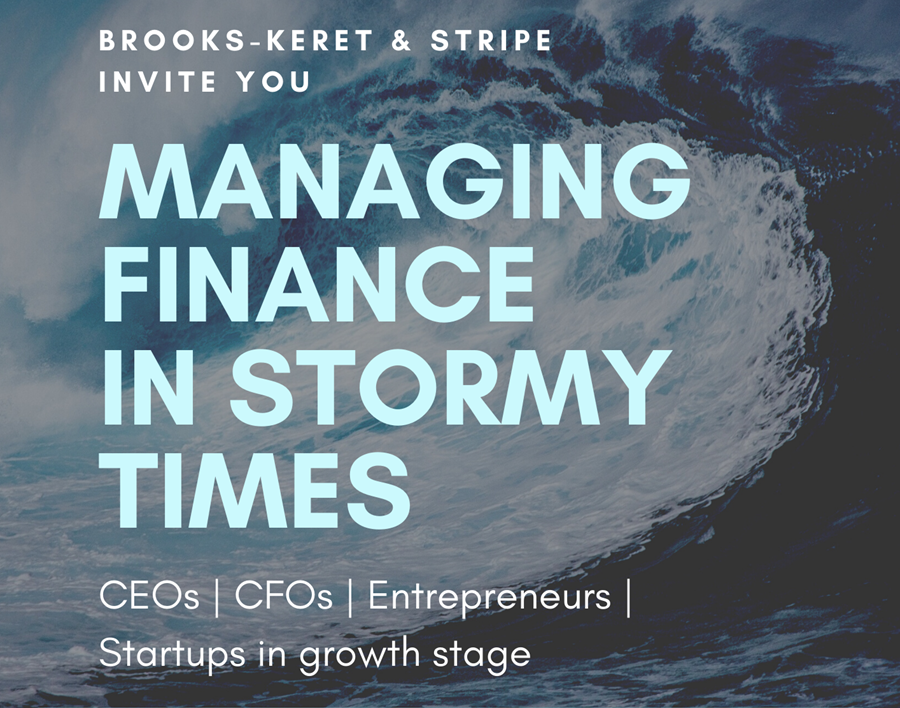The Blockchain revolution to the world of business transactions can be as significant as the Internet revolution was to the world of information. Blockchain has the potential to define new business models and disrupt existing models by eliminating the need for intermediaries. Blockchain provides a solution to the problem of trust in business, which constitutes a major barrier to business transactions, through collaboration, transparency and compliance. The issue of trust arises from the lack of a single reliable source that enables receiving complete information relevant to the transaction. Trust is a key component in each and every stage of the transaction, and once it is violated, the entire transaction is at risk. Currently, parties involved in a transaction use intermediaries, such as lawyers, to represent their interests and solve the problem of trust. The more complex the transaction, more intermediaries become involved, and the process becomes slower and more expensive.
The main idea behind Blockchain is to create a financial transactions management system that does not have a central administrator factor. Traditionally, the central database of the administrator is the weakest link regarding information security that can be penetrated, altered, or it registers can be corrupted. The Blockchain, however, is managed in a decentralized manner, and once per a certain time unit, the transactions data is registered to the block. After a certain time period, the block is locked and joins as a chain to the previous blocks. Using the Blockchain enables to create a business chain of trust that is based on transparency, security and compliance with the requirements of the parties to the trade.
The first and most known Blockchain application is the Bitcoin, first used in January 2009. The Blockchain concept was conceived together with the invention of this currency. Indeed, most of the cryptocurrencies are based on similar technology. The chain of blocks is used to register all transfers in the currency and so it actually functions as a general ledger. These systems will usually be open public systems. Blockchain networks are also used today to change processes and realize business movements in other fields, ranging from flowers, real estate, commerce and finance, to the worlds of insurance, education and medical services. The chain of blocks can also contain other types of information, such as transfer of ownership of assets, bills of lading, documentary credit, intellectual property, medical records, and more. These systems will usually be managed as private business networks.
According to a report, issued by the analysts company HFS, the market value of Blockchain solutions for US organizations is expected to reach one billion dollars this year. Total current revenues from Blockchain solutions are estimated at about half a billion dollars, and it is expected to grow by more than 100 percent over the next 12-24 months. According to the report, IBM is a global leader in innovation and its ability to realize and implement projects in the industry. When this figure is added to the forecast published by the Gartner that in 2030, about 30% of business transactions worldwide will use Blockchain technology, reinforcing the assessment that this is a true revolution.
The Article Was Written By Ronen Siman-Tov, Senior Architect And Leading IBM Israel Blockchain Field. Visit Us At: Https://Www.Ibm.Com/Blockchain/Garage/





